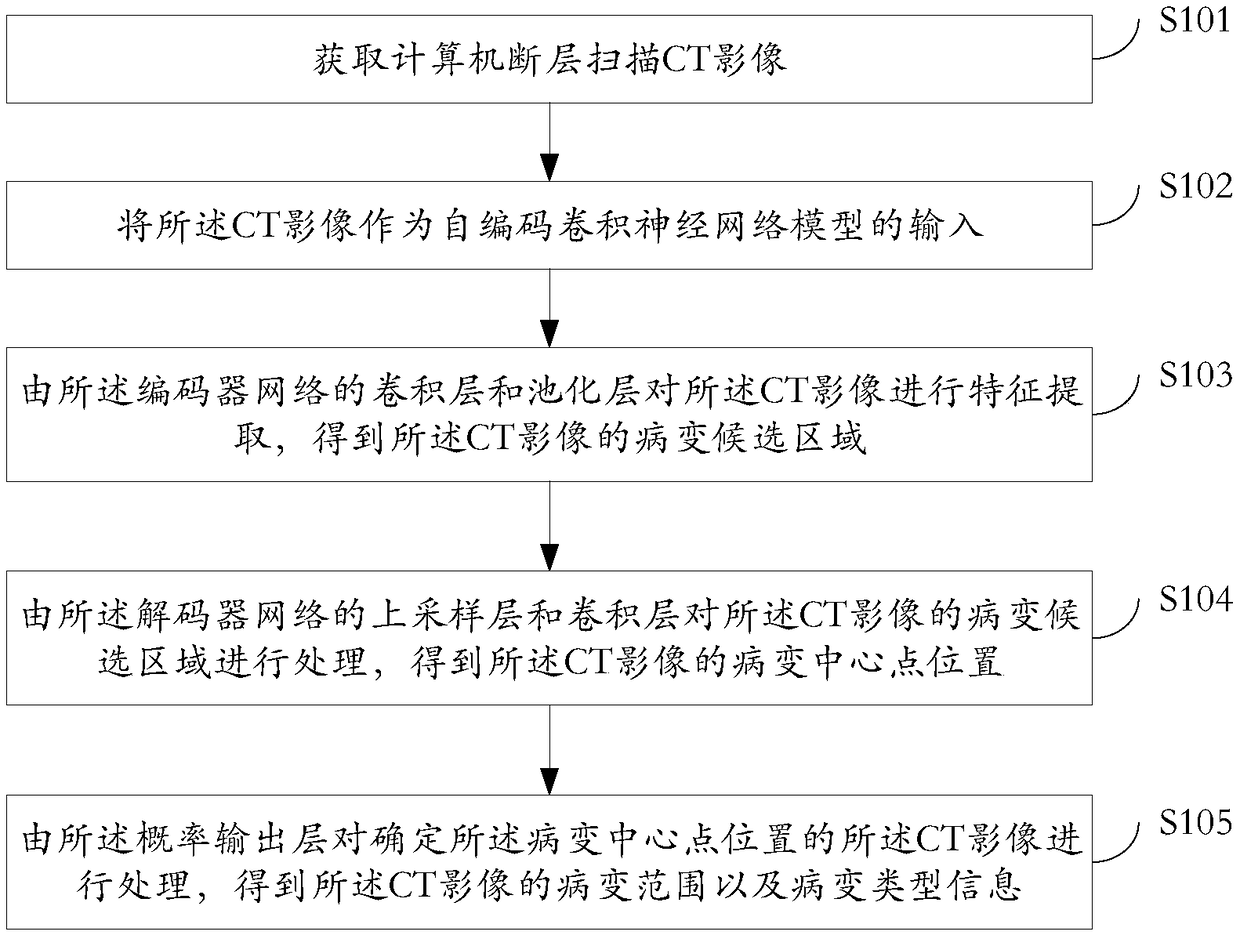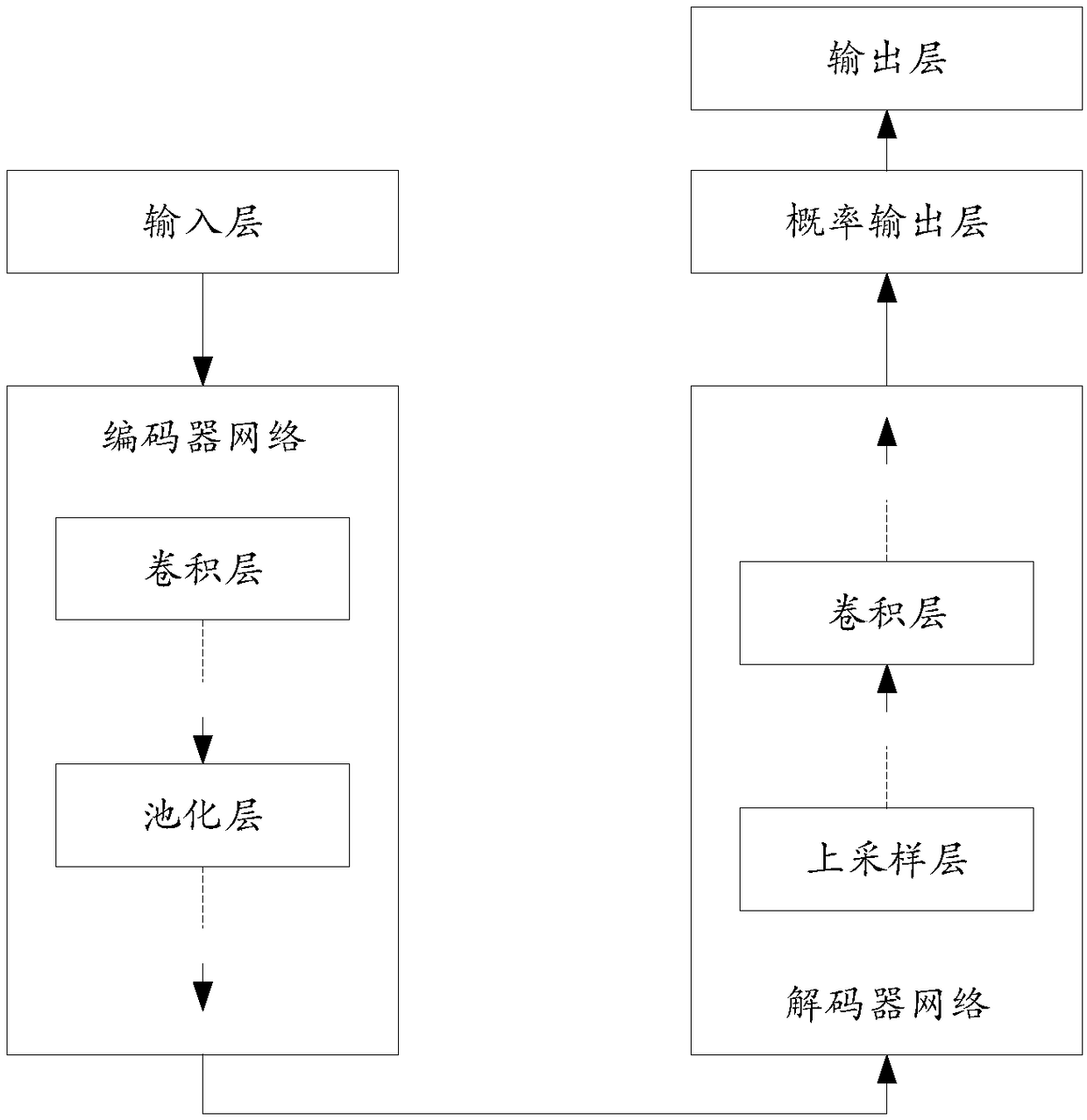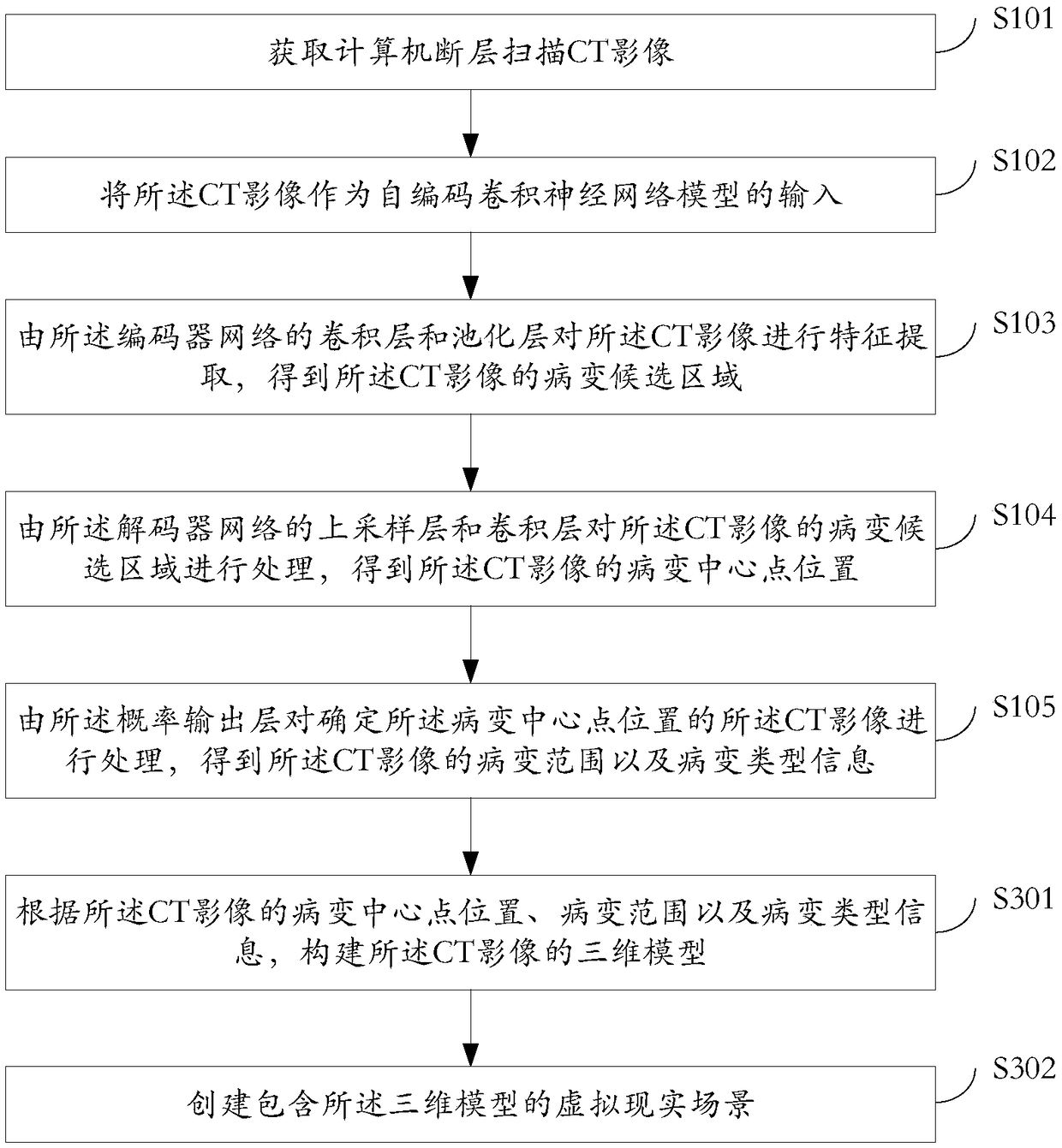Lesion detection method, apparatus and device
A detection method and CT image technology, applied in image data processing, instrumentation, calculation, etc., can solve problems such as high system performance and time consumption, and low efficiency of lesion detection methods
- Summary
- Abstract
- Description
- Claims
- Application Information
AI Technical Summary
Problems solved by technology
Method used
Image
Examples
Embodiment 1
[0049] see figure 1 , which is a flow chart of a lesion detection method provided in an embodiment of the present application, the method comprising:
[0050] S101: Obtain a computed tomography CT image.
[0051] In the embodiment of the present application, before lesion detection, first obtain a CT image as a lesion detection object; wherein, the CT image can be a CT image of the patient's organ to be detected, such as a lung CT image, a thyroid CT image, a brain CT image, etc. Images, etc. Specifically, the embodiment of the present application can detect pulmonary nodules in lung CT images, detect thyroid nodules in thyroid CT images, and detect cerebral ischemia and necrosis in brain CT images. etc., and no specific lesion detection object is limited here.
[0052] In practical applications, the CT image used as the lesion detection object may be a CT image acquired in advance and stored in a database, or may be a CT image acquired after performing a CT scan on a patien...
Embodiment 2
[0071] For the location of the lesion center point, lesion range, and lesion type information detected after lesion detection, doctors need to further diagnose the patient based on the above test results. In order to facilitate doctors to understand the patient's test results more intuitively, and To determine the follow-up treatment more accurately, refer to image 3 , the embodiment of the present application further provides the following steps on the basis of the above method embodiment 1 S101-S105:
[0072] S301: Construct a three-dimensional model of the CT image according to the lesion center position, lesion range, and lesion type information of the CT image.
[0073] After detecting the lesion center point position, lesion range and lesion type information of the CT image through the first embodiment of the above method, a three-dimensional model of the CT image is constructed based on the above detection results.
[0074] Taking the construction of the 3D model of t...
PUM
 Login to View More
Login to View More Abstract
Description
Claims
Application Information
 Login to View More
Login to View More - R&D
- Intellectual Property
- Life Sciences
- Materials
- Tech Scout
- Unparalleled Data Quality
- Higher Quality Content
- 60% Fewer Hallucinations
Browse by: Latest US Patents, China's latest patents, Technical Efficacy Thesaurus, Application Domain, Technology Topic, Popular Technical Reports.
© 2025 PatSnap. All rights reserved.Legal|Privacy policy|Modern Slavery Act Transparency Statement|Sitemap|About US| Contact US: help@patsnap.com



